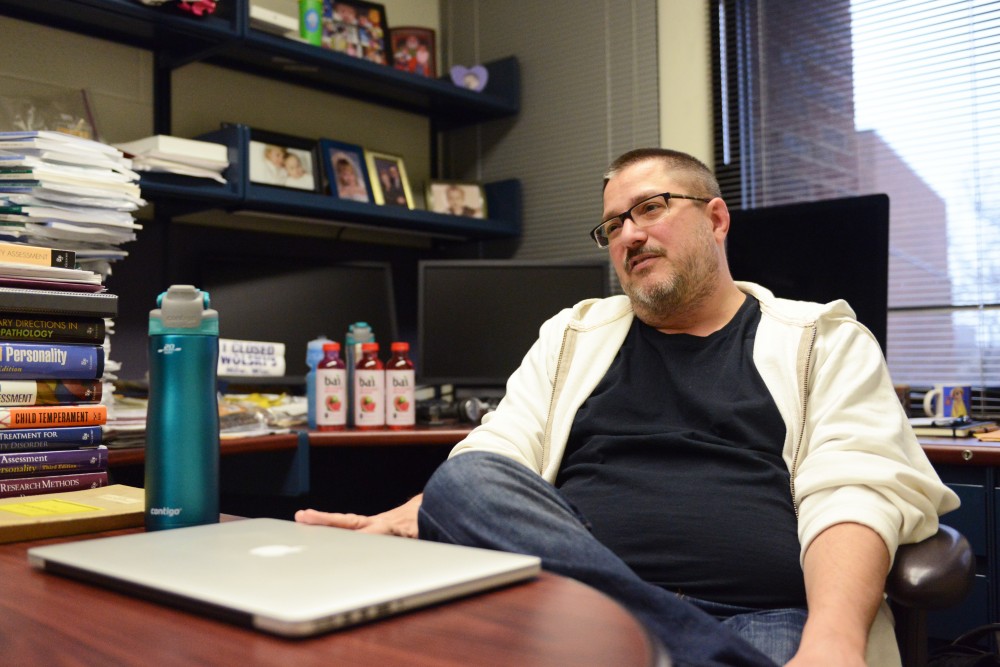Following years of disagreement among mental health experts on diagnosis models, University of Minnesota researchers have proposed a new method.
University psychology professor Bob Krueger, along with several other researchers, published their new approach — called The Hierarchical Taxonomy of Psychopathology, or HiTOP — in the Journal of Abnormal Psychology in March. HiTOP allows for more personalized, complex diagnoses of mental health disorders, researchers say.
“I think it better reflects the reality of mental illness … it better maps on to what patients are really like, and I think that has been a frustration of the DSM system for many years,” Krueger said.
Every 20 years, psychologists revise the current model, called the Diagnostic and Statistical Manual of Mental Disorders. The American Psychiatric Association has published versions of the DSM as a guidebook for classifying and diagnosing mental disorders since 1952.
Since 2013, psychiatrists and psychologists have been using the most recent edition, DSM-V.
The DSM-V has had controversies since its inception. Right before it was launched, the National Institute of Mental Health withdrew support for the manual due to its lack of validity, said Dr. Thomas Insel, the director of NIMH back in 2013.
The DSM-V places mental health disorders into various categories. Many researchers wanted to change the diagnostic approach to be more person-centered, but it was met with opposition, Krueger said.
“In the DSM system, the idea is to find the right category to describe the patient,” Krueger said. “It is not so much like there is a category of depression or some threshold out there in nature where once you cross it suddenly you are a case of depression.”
HiTOP allows a clinician to dissect a disorder and look at it, said Roman Kotov, lead researcher and psychiatry professor at Stony Brook University .
Rather than using categories, the model creates a profile for patients with a focus on symptoms and not the disorder, he said.
“[HiTOP] characterizes people’s symptoms and functions across a series of dimensions, so instead of having to find the single right category … you are describing the full series of [symptoms] you may encounter,” Krueger said.
The approach aims to pull apart disorders which are more complex than previously categorized in the DSM-V, Kotov said
Because the model provides more specific diagnoses, researchers could use it to expand their work, in turn creating better diagnoses.
Individuals on the team that developed HiTOP had been doing their own research on this topic before they began collaborating. In 2014, Kotov reached out to various professors across the country, including Krueger and David Watson — a psychology professor from the University of Notre Dame — to collaborate on the new method for diagnosing mental health.
Next, researchers are looking into how to implement it in clinics, Kotov said.
Still, Krueger said implementing the new model may be a challenge because of the way DSM is used in how insurance companies pay for mental health services. Because DSM categorizes mental illnesses, patients report back their diagnoses to their insurance company.
“The whole system is organized around these categories,” Krueger said.
A more realistic goal, Krueger said, would be to get researchers to consider HiTOP when they next revise DSM.








